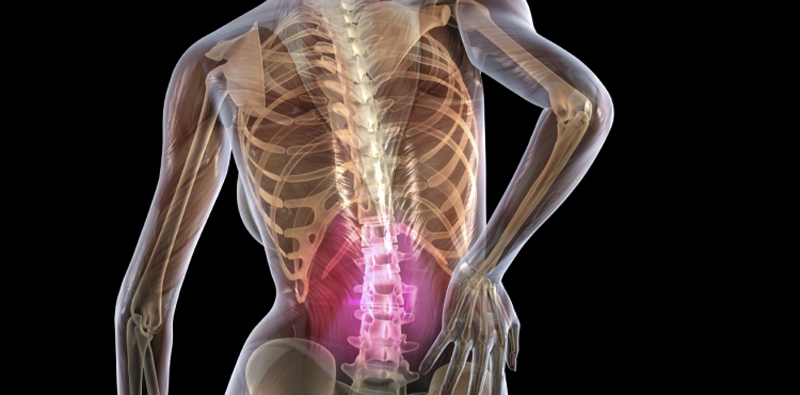Global, Regional, and National Burden of Low Back Pain, 1990–2020, Its Attributable Risk Factors,
and Projections to 2050: A Systematic Analysis of the Global Burden of Disease Study 2021
Global, Regional, and National Burden of Low Back Pain, 1990–2020, Its Attributable Risk Factors, and Projections to 2050: A Systematic Analysis of the Global Burden of Disease Study 2021
SOURCE: Lancet Rheumatology 2023 (May 23); 5 (6): E316-E329
Manuela L Ferreira, Katie de Luca, Lydia M Haile, Jaimie D Steinmetz, Garland T Culbreth, et al.
Faculty of Medicine and Health,
Institute of Bone and Joint Research,
The Kolling Institute, Northern Clinical School,
University of Sydney,
Sydney, NSW 2064, Australia.
Background Low back pain is highly prevalent and the main cause of years lived with disability (YLDs). We present the most up-to-date global, regional, and national data on prevalence and YLDs for low back pain from the Global Burden of Diseases, Injuries, and Risk Factors Study 2021.
Methods Population-based studies from 1980 to 2019 identified in a systematic review, international surveys, US medical claims data, and dataset contributions by collaborators were used to estimate the prevalence and YLDs for low back pain from 1990 to 2020, for 204 countries and territories. Low back pain was defined as pain between the 12th ribs and the gluteal folds that lasted a day or more; input data using alternative definitions were adjusted in a network meta-regression analysis. Nested Bayesian meta-regression models were used to estimate prevalence and YLDs by age, sex, year, and location. Prevalence was projected to 2050 by running a regression on prevalence rates using Socio-demographic Index as a predictor, then multiplying them by projected population estimates.
There is more like this @ our:
LOW BACK PAIN Section and the:


